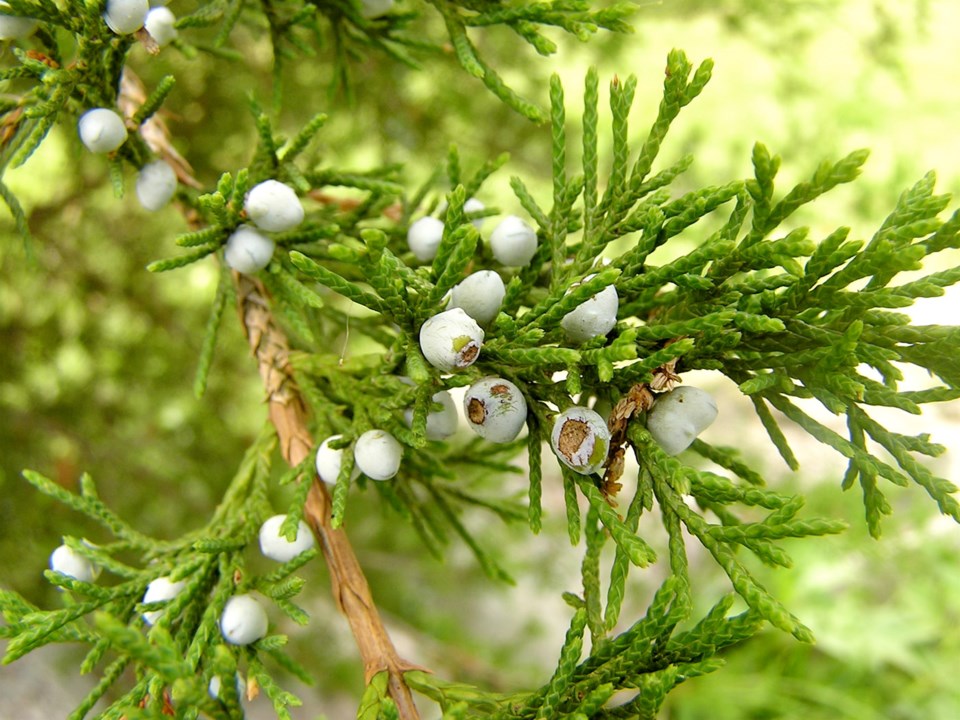Question:
I recently moved into a top-floor Vancouver condo with a lovely terrace, which faces west and south making it extremely hot. I shall have a planter of about 10’ (3m) long and 24-inches deep (60cm). What type of budget-priced hedging would be suitable? I need something evergreen, heat-tolerant, dense growth but not in constant need of pruning and maximum height 3-4’ (1-1.2m). Scent/flowers would be a miracle addition.
– Eva, by email
Answer:
It would be useful to check with your neighbours who have similar south-west exposures and find out what winters are like in your location. Do their planters ever freeze? Are there high winds from the west? Is your building very close to the coast?
There are some evergreen, flowering, fragrant shrubs (like ceanothus) which would surely tempt you, but it needs a warm, sheltered spot. The sides of containers are very vulnerable to freezing and containerized plants need to be one zone hardier than ones planted in the open garden.
Box (Buxus microphylla) usually grows 3-4’ tall, is dense and needs little pruning It likes sun, but needs watering in dry spells. There are many varieties of box but B. microphylla is one of the hardiest. Junipers should also do well in your situation. Most are very hardy and drought-resistant. Some are dwarf.
Some other evergreen shrubs don’t meet all of your criteria, but are so nice you might be tempted. Cotoneaster dammeri is evergreen, dense and has white flowers in spring followed by red berries. Normally it’s about 12” (30cm) tall, but there are taller forms.
Another which you might like so much that you decide to plunge for a 12” hedge is Daphne cneorum. This is pronounced ‘neeorum’ and its common name is the Garland Flower. It produces hugely fragrant pink flowers, has small evergreen leaves, spreads to 3-4’ feet across and is prairie-hardy (zone 2). It’s likely to end up overflowing the sides of the planter. This is so popular, it’s usually the most inexpensive of the daphnes. I hope this has given you a few ideas, Eva.
The box and juniper are the most fuss-free.



